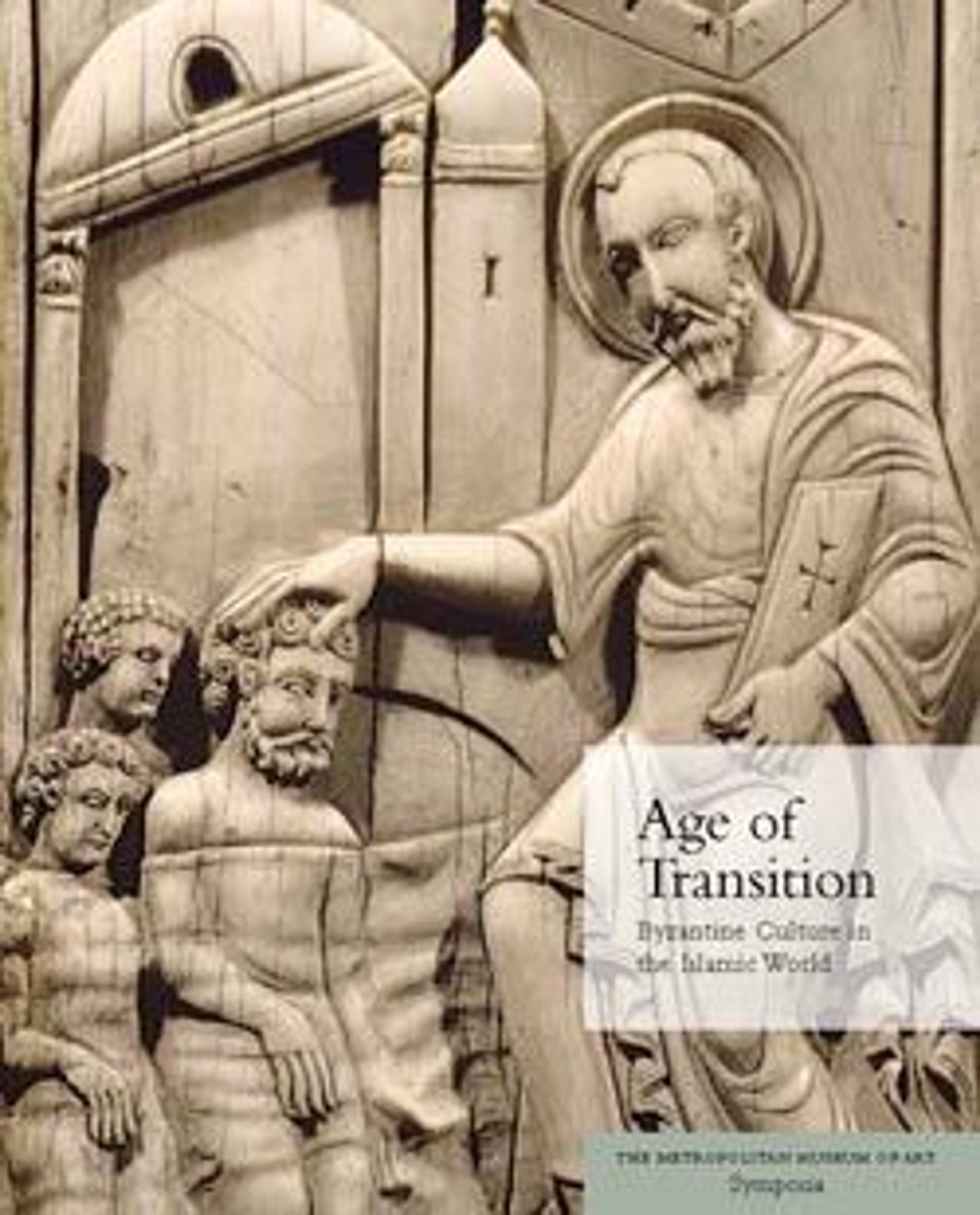Ostrakon with a Troparion (Early Hymn)
Ostraca are texts written on broken pottery, which were employed when parchment was unavailable or too expensive. At Epiphanius a large number of ostraca were discovered in the monastery, including in its rubbish heaps; they record biblical verses, legal documents, sermons, financial accounts, school texts, and letters requesting assistance and prayers. Some reveal that, even at the southernmost border of the Empire, people were still aware of events in the capital, Constantinople.
Ostracon with a Troparion (Early Hymn)
+Mary the Mother of God, the ever virgin, has borne for us today Emmanuel, both God and Man. “Lo the virgin shall conceive and bear us a son, and they shall call His name Emmanuel, which is, being interpreted, God with us.” Him did an archangel suddenly announce; Him did a virgin’s womb conceive without intercourse. A virgin conceived, a virgin was with child, a virgin was in travail, a virgin brought forth, and remained a virgin; before bearing, virgin, and in bearing, virgin, and after bearing, virgin+
Ostracon with a Troparion (Early Hymn)
+Mary the Mother of God, the ever virgin, has borne for us today Emmanuel, both God and Man. “Lo the virgin shall conceive and bear us a son, and they shall call His name Emmanuel, which is, being interpreted, God with us.” Him did an archangel suddenly announce; Him did a virgin’s womb conceive without intercourse. A virgin conceived, a virgin was with child, a virgin was in travail, a virgin brought forth, and remained a virgin; before bearing, virgin, and in bearing, virgin, and after bearing, virgin+
Artwork Details
- Title:Ostrakon with a Troparion (Early Hymn)
- Date:580–640
- Geography:Made in Byzantine Egypt
- Culture:Coptic
- Medium:Pottery fragment with ink inscription
- Dimensions:Overall: 6 3/4 x 10 11/16 in. (17.1 x 27.2 cm)
- Classification:Ceramics
- Credit Line:Rogers Fund, 1914
- Object Number:14.1.198
- Curatorial Department: Medieval Art and The Cloisters
More Artwork
Research Resources
The Met provides unparalleled resources for research and welcomes an international community of students and scholars. The Met's Open Access API is where creators and researchers can connect to the The Met collection. Open Access data and public domain images are available for unrestricted commercial and noncommercial use without permission or fee.
To request images under copyright and other restrictions, please use this Image Request form.
Feedback
We continue to research and examine historical and cultural context for objects in The Met collection. If you have comments or questions about this object record, please contact us using the form below. The Museum looks forward to receiving your comments.
